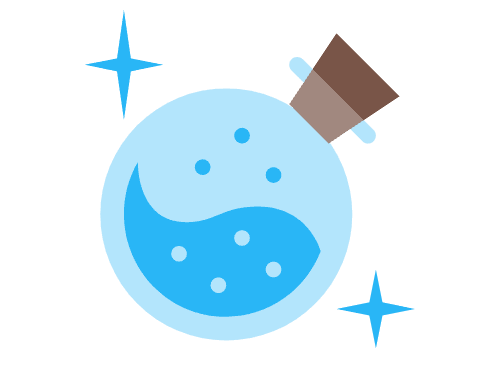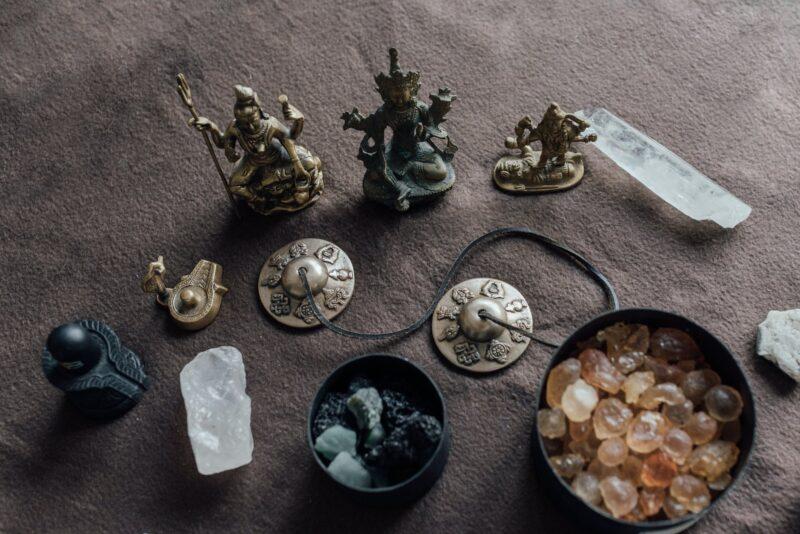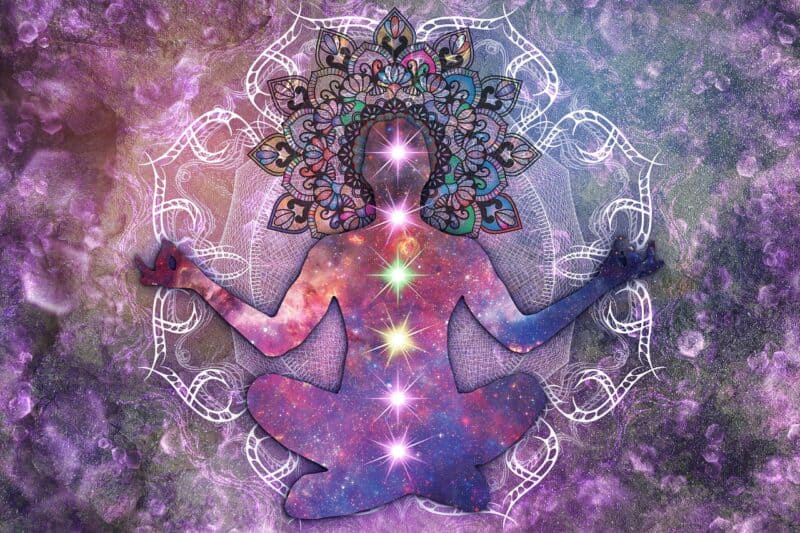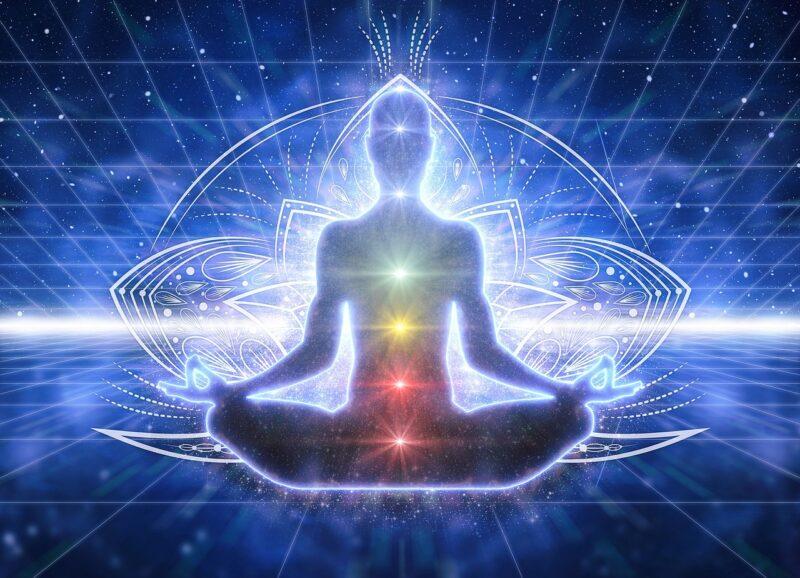Through attunements, Reiki healers are classified into three degrees of treatment practice. In most cases, the Reiki therapy instructor leads a ceremony in which the teachers join their hands in a suitable posture with the symbol.
The Three Levels
Reiki I practitioners generally teach the fundamental hand postures and sacred signs so that they can do direct healing on others.
Reiki II healers can teach the symbol of symbols and hand posture so that distant or absentee healing can be practiced.
Reiki III healers have the ability to make a commitment to the outside universal power and beyond. Stage three teachers are the most advanced. The lesser tiers refer to them as master teachers.
Keep in mind that Reiki is not a religion; instead, healers develop a five-point spiritual code. These are the guiding principles:
- Just for today do not worry.
- Just for today do not be angry.
- Honor your parents, teachers, and all the elders.
- Learn how to earn your living honestly.
- Be kind to your neighbors and to every living thing.
What are the risks of Reiki healing?
Reiki therapy healing is about focusing on a positive force that will only operate for the good of the human being without going against his or her will. A patient has the capacity to stop the flow of energy in his body, yet he cannot be injured.
Reiki can be used in conjunction with Western medicine or homeopathy; the therapy does not need patients to modify their religion or life perspectives. The therapy was created solely to assist.
Because Reiki practitioners see themselves as energy channels, they may experience a warm, tickly sensation in their hands during treatment.
However, the therapy does not hurt the patient, and the healers do not guarantee that their patient will be healed in a short period of time.
This website’s information is not intended to replace expert medical advice. All of the content on this website, including details about illnesses, medications, and treatments, is provided solely for informational purposes. Before beginning any alternative treatments, diets, supplements, or fitness regimens, please see a medical practitioner.





